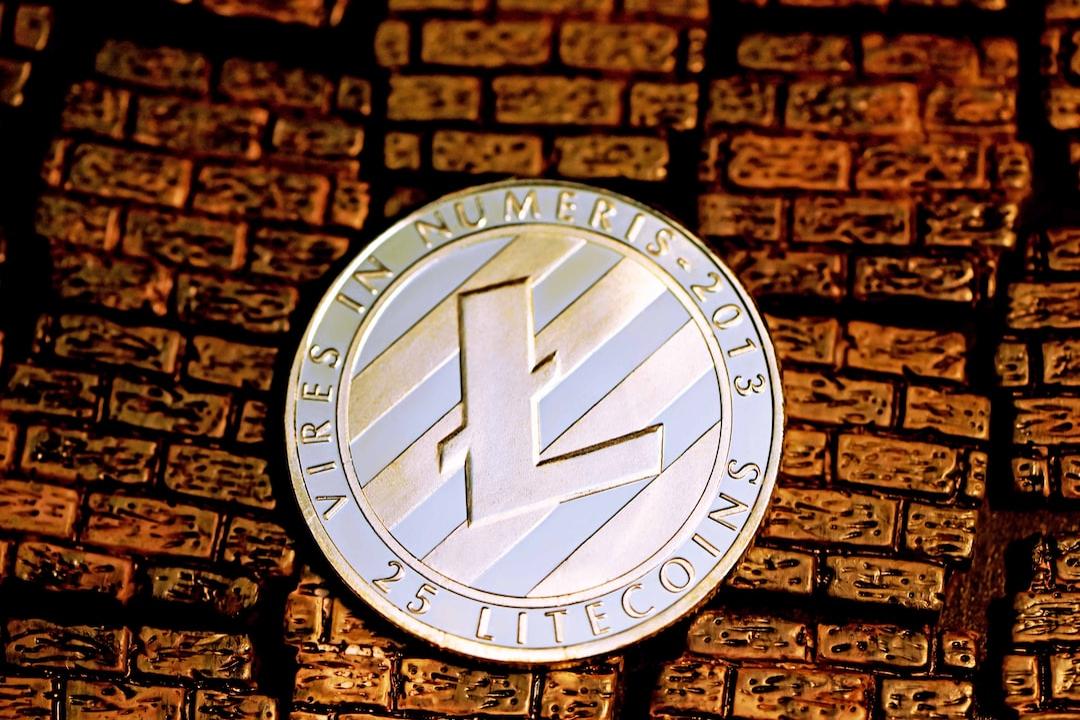ALPACA Defies Expectations, Surging Over 10 Times Since Binance Delisting Announcement… Is the Main Force Harvesting Long Positions?
(Background: Binance’s delisting announcement has become a “positive” news for the token, with $ALPACA soaring 650% against the trend, squeezing out shorts)
(Supplementary Background: Binance’s Alpha Points Conspiracy: Creating an Ecological Flywheel “Farmer Team”? )
From “Delisting Bomb” to “Wealth Rocket”?
On April 24, Binance announced it would delist the ALPACA token. Conventionally, one would expect selling, panic, and a price crash for ALPACA; however, it defied expectations, surging over 650% since the announcement.
This bizarre rebound raises questions: Is it a “flashback” for the project, or is it a prelude laid by capital players? Perhaps a storm is brewing behind this sudden spike…

Image Source: Coingecko
Countdown to Delisting Becomes “Short-Squeezing” Moment
On April 10, Binance began its second round of voting to delist tokens. A week later, results revealed ALPACA ranked seventh among 17 candidate projects, marking the emergence of delisting risks.
On April 24, Binance officially announced the delisting of ALPACA on May 2, and that perpetual contracts would be liquidated on April 30. Following this news, ALPACA’s price plummeted from $0.0329 to $0.029, with its market cap shrinking to $5 million.
Just as the market anticipated ALPACA to falter, a dramatic scene unfolded: the price surged from $0.029 to $0.0857 within an hour, an increase of 195%. This unexpected surge caught shorts off guard, setting the stage for a more frenzied trend.
On April 25, Alpaca Finance’s official account stated that due to trading volume surpassing 1 billion tokens, market makers had requested additional token issuance to maintain liquidity, but this plan was canceled following community opposition, delivering another blow to the shorts.
Consequently, on April 26, ALPACA’s liquidation volume even surpassed that of Bitcoin, primarily driven by short liquidations. The entire situation appeared to transform into a “precise harvesting operation” targeting shorts.

Image Source: Coinglass
“Short Squeeze Script”
In response to ALPACA’s rebound, He Yi suggested that this might be an attempt by shell investors to quickly recoup their investments through short-term operations. Based on community users’ analyses, @LuBtc 888, @0x_ooorange, and @Mumu_yay, we have outlined a complete “short squeeze script”:
1. Early positioning before delisting
Prior to the delisting announcement, “the players” may have been tipped off or sensed anomalies, with suspected accumulation activities around April 19. During this period, ALPACA’s trading volume on Binance noticeably increased, but the price surged only modestly.
2. Creating expectation misalignment, the “bearish trap” emerges
The market generally expected “delisting = price crash”, leading retail investors and short-term speculators to turn bearish, flooding in with short positions, causing ALPACA’s contract open interest to soar. “The players” took advantage of this to accumulate at lower prices, massively building long positions at the bottom, subsequently driving up the spot price and triggering a cascading liquidation of short positions.
3. Accelerating short squeeze rhythm through rule changes
Binance reduced the funding rate charging period from 8 hours to 1 hour, with ALPACA’s funding rate once dropping to -2%. Shorts not only faced liquidation risks but also had to pay high “interest” every hour, forcing them to close positions rapidly, which accelerated the short squeeze and increased upward momentum.
4. The main force’s profit model
Spot market: Accumulate tokens at low prices amid delisting panic, creating the illusion of a “flashback” and attracting retail investors to buy high, then offloading at elevated prices.
Contract market: Hold substantial long positions at peak levels, continuously collecting the interest paid by shorts through the negative funding rate mechanism, achieving profits in both directions.
Uncertainties Ahead for ALPACA
Regarding ALPACA’s future price trends, market opinions are divided. @Mumu_yay believes the delisting announcement will trigger a liquidation mechanism, which means both long and short positions will be automatically liquidated. In this case, “the players” won’t have to worry about finding exit liquidity; they just need to wait at high levels for the liquidation trigger.
However, crypto KOL Kuang Ren expresses a different viewpoint. He believes that from a strategic perspective, the players will choose to gradually build long positions at high points, then turn around and open shorts to drive down the spot price, ultimately maximizing profits through liquidation. Therefore, his conclusion is that ALPACA’s trend will lead to a crash.
Additionally, trader @thankUcrypto pointed out that typically, there is a price surge before delisting, followed by a price crash. As the most liquid platform in the market, if Binance does not engage in price suppression before delisting on May 2, market makers will have to wait until after delisting to act on other exchanges. However, the liquidity and buying power on other platforms are insufficient, meaning profits from price suppression will be significantly reduced.

The Storm is Not Over, Future is Uncertain
As the May 2 delisting date approaches, ALPACA’s fate remains undecided. Its price trajectory has become a typical reflection of capital games within the crypto market. The market is always in cycles, and perhaps new “ALPACAs” will continue to emerge, reenacting similar scripts in different forms.
In the midst of turbulent waves, rationality remains the only reliable anchor for investors. Facing short-term emotions and temptations, only by staying clear-headed and sharpening one’s vision can one avoid losing direction in the cacophony. Stay away from high-risk coins lacking fundamental support, and be wary of the undercurrents of manipulation and control. In navigating the seas, only a prudent helmsman can steer clear of hidden reefs.


